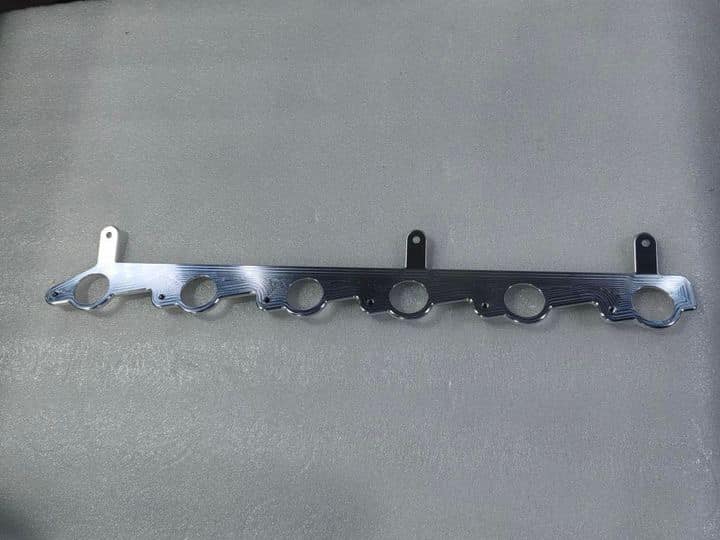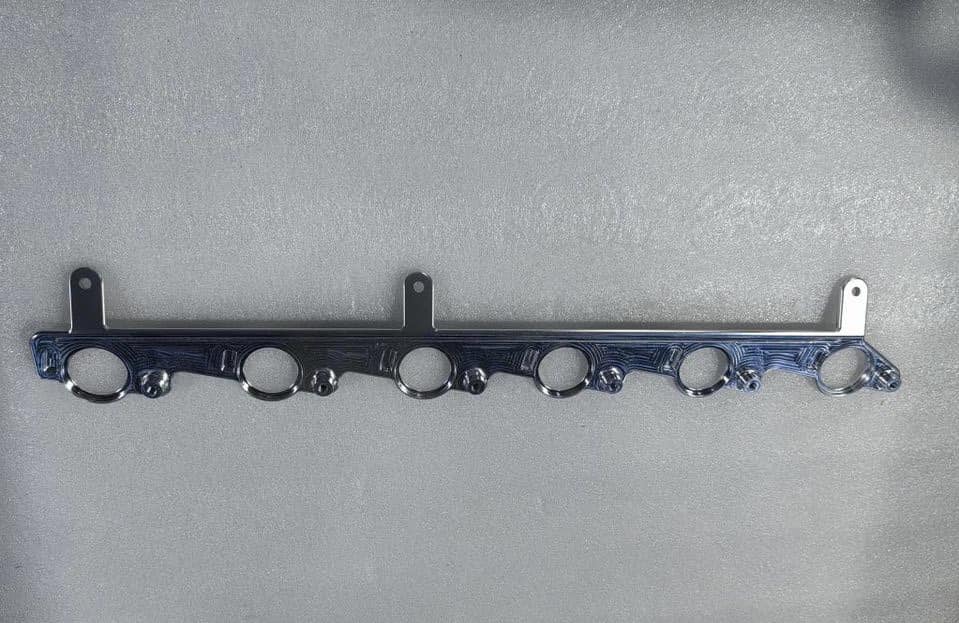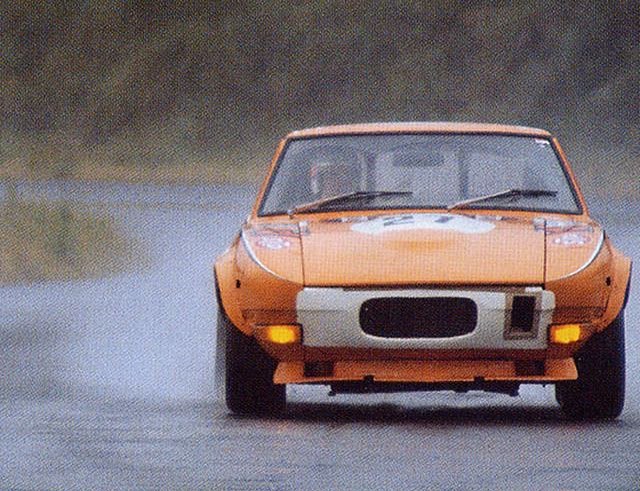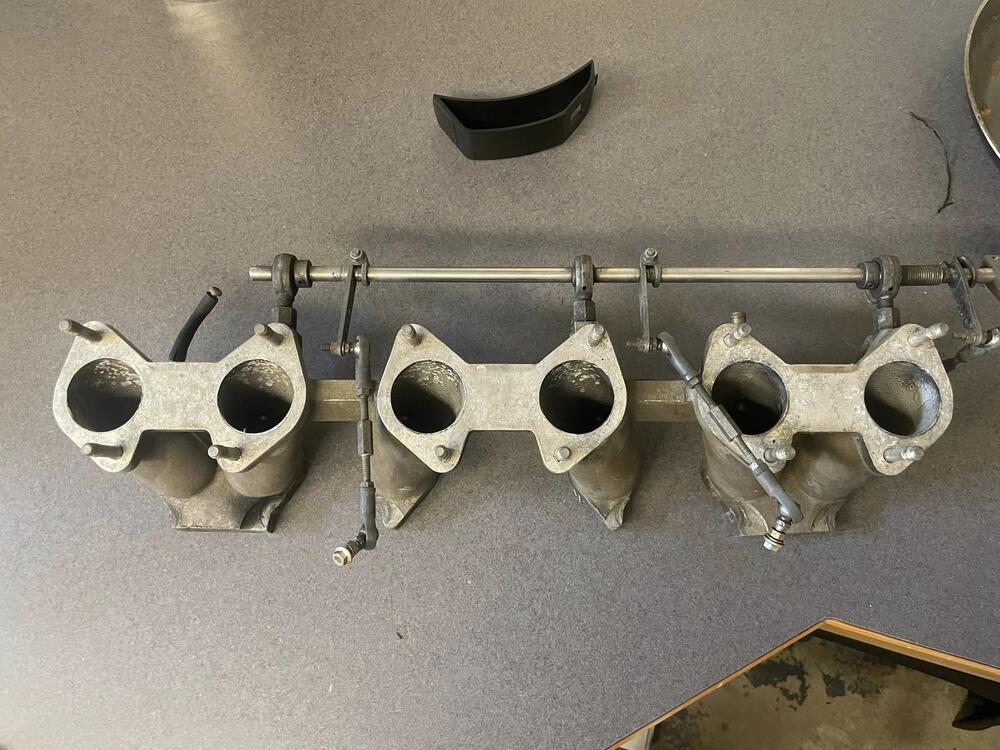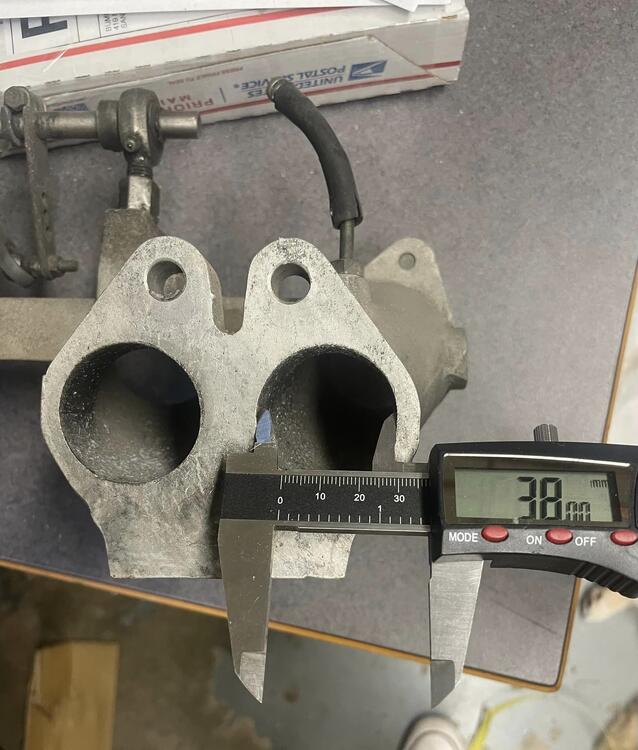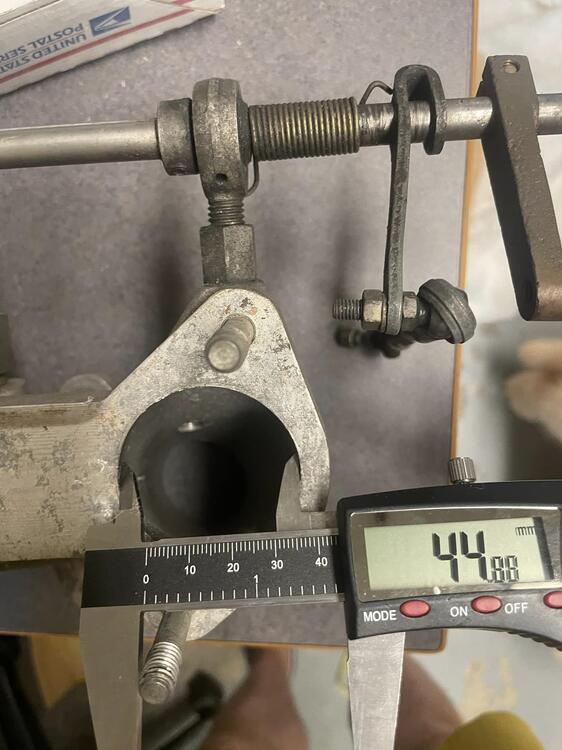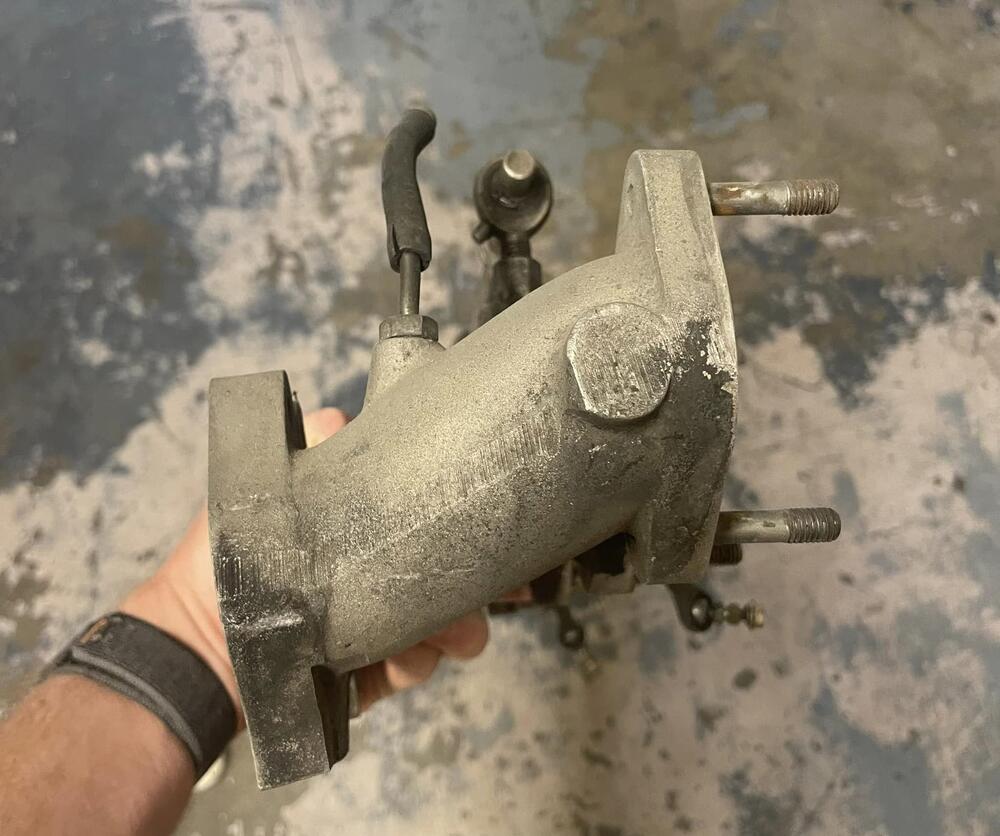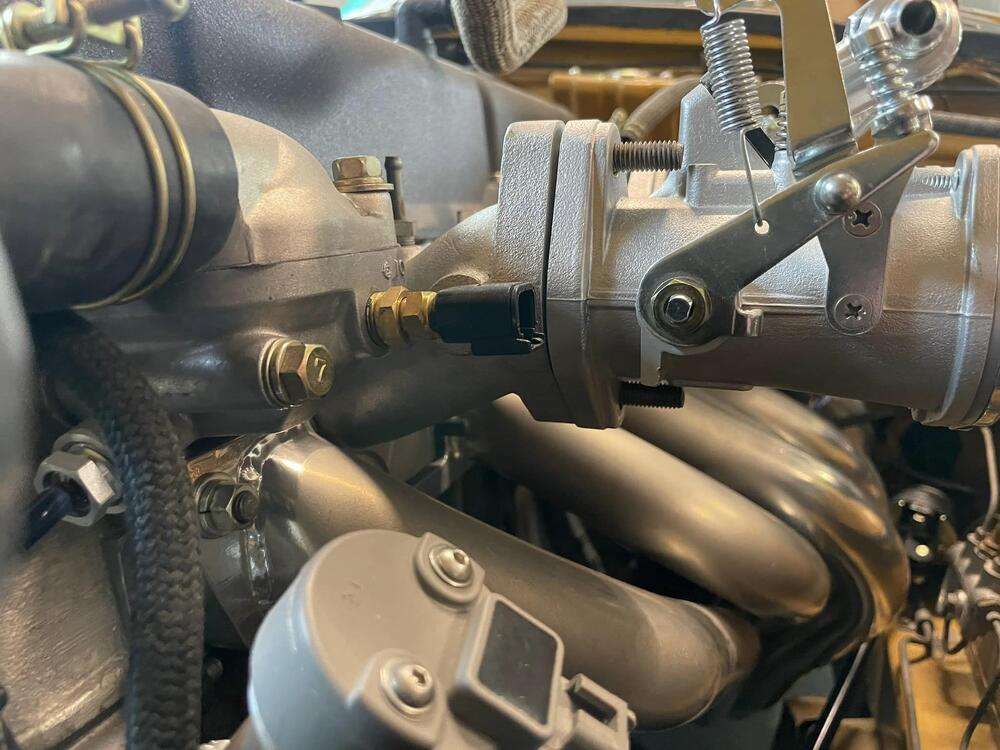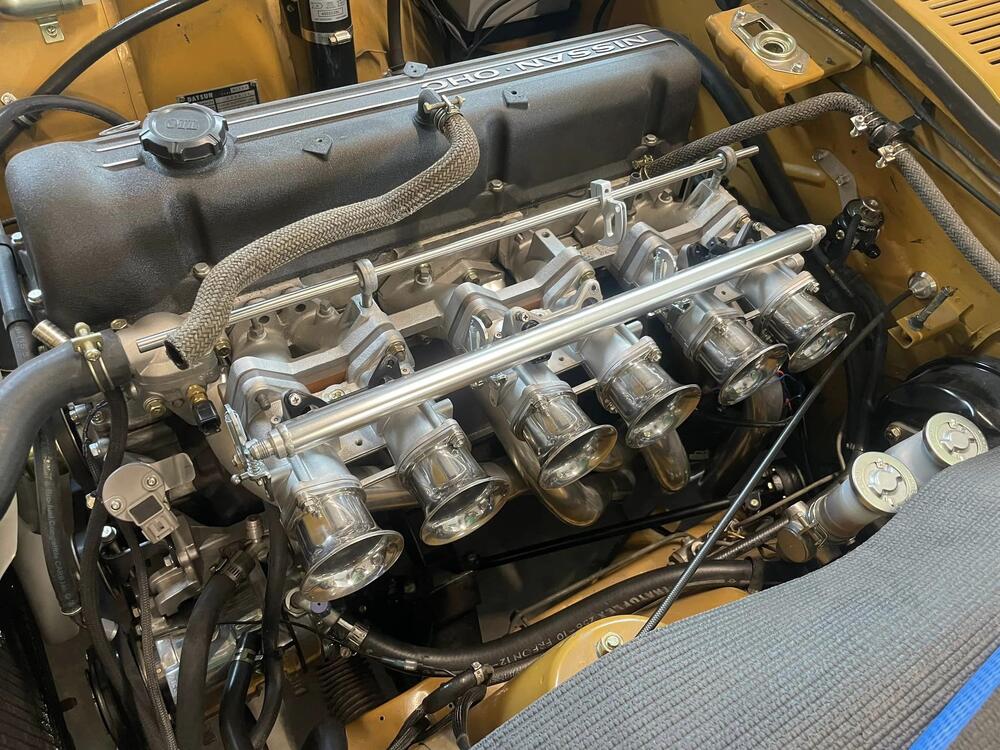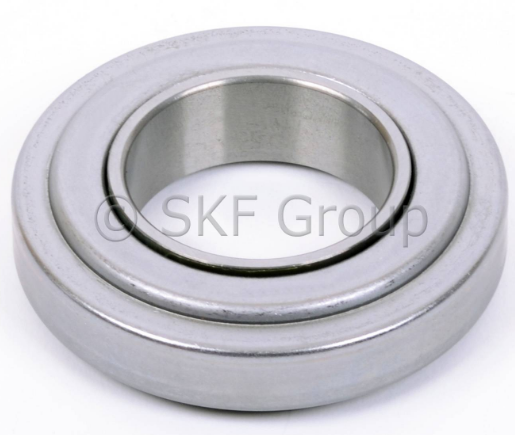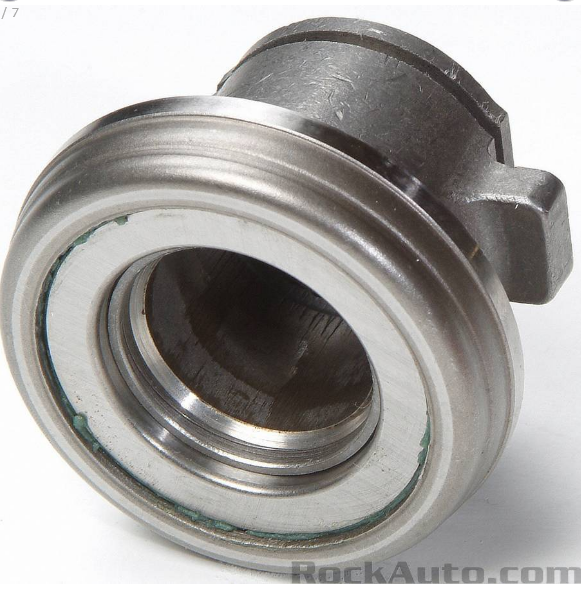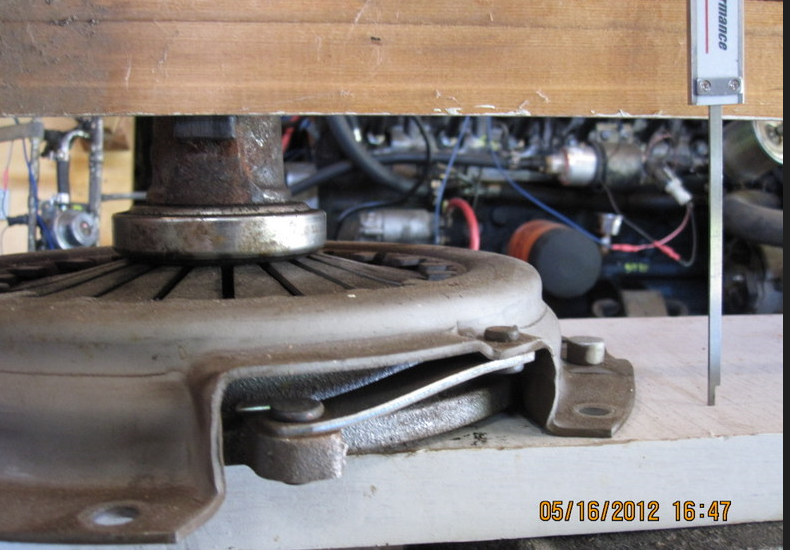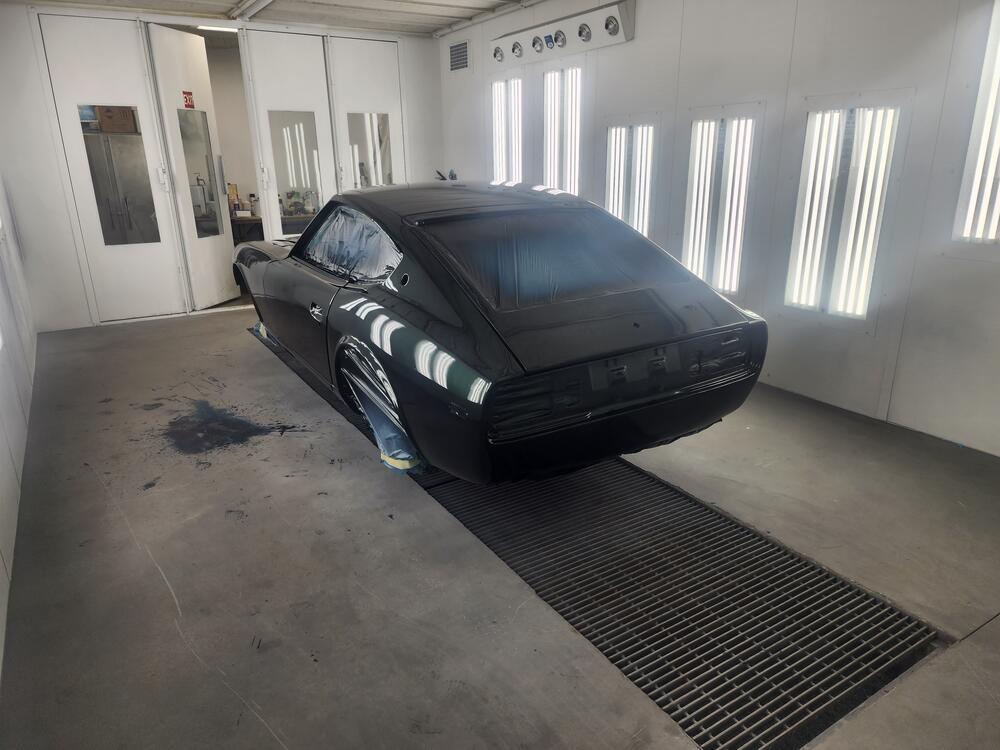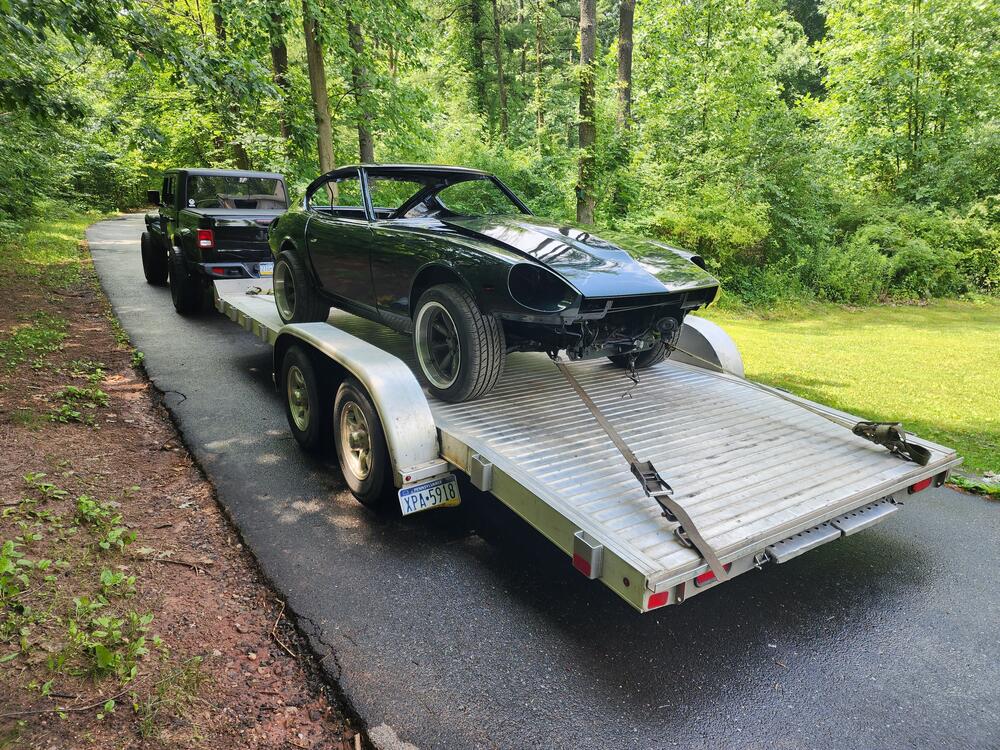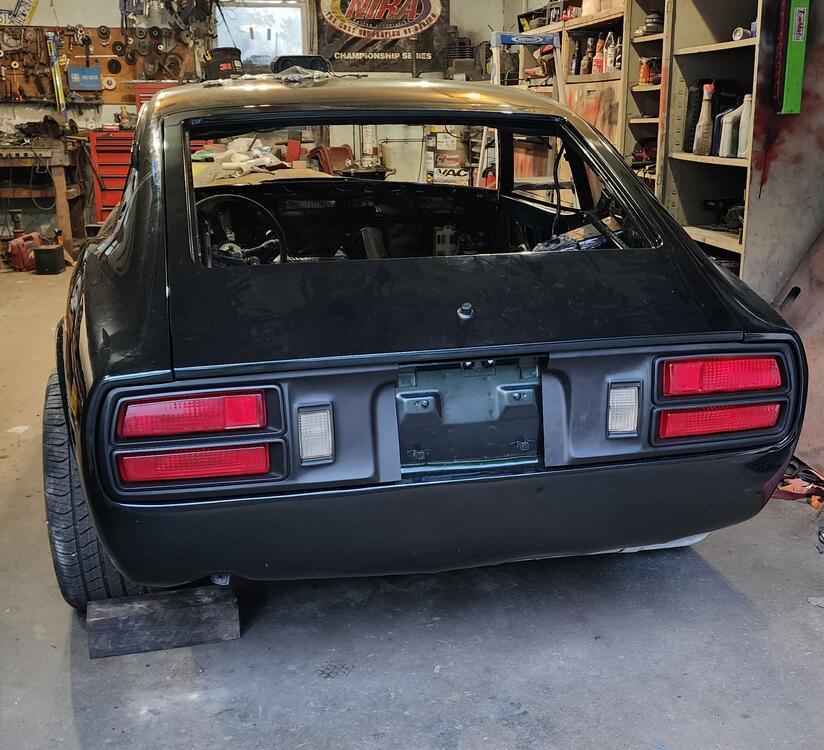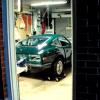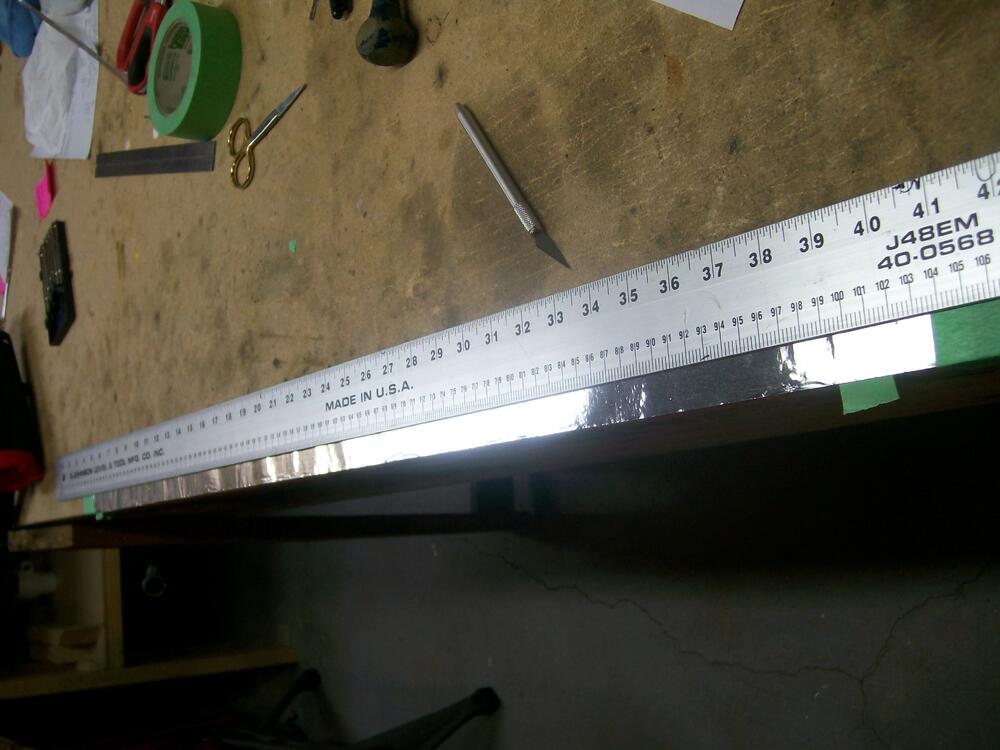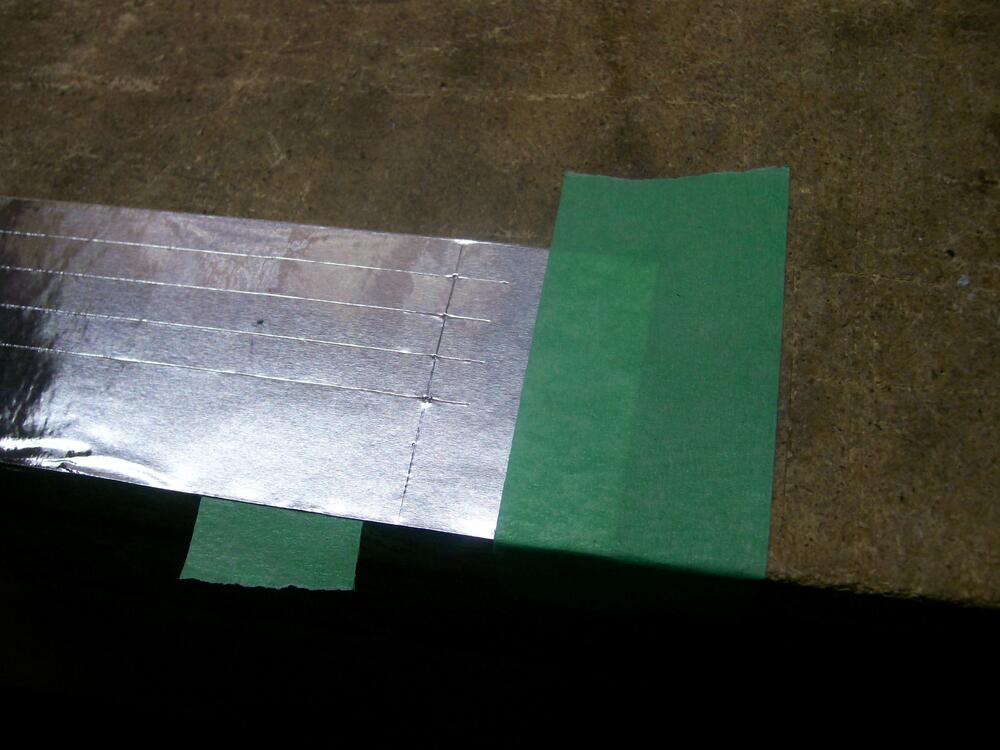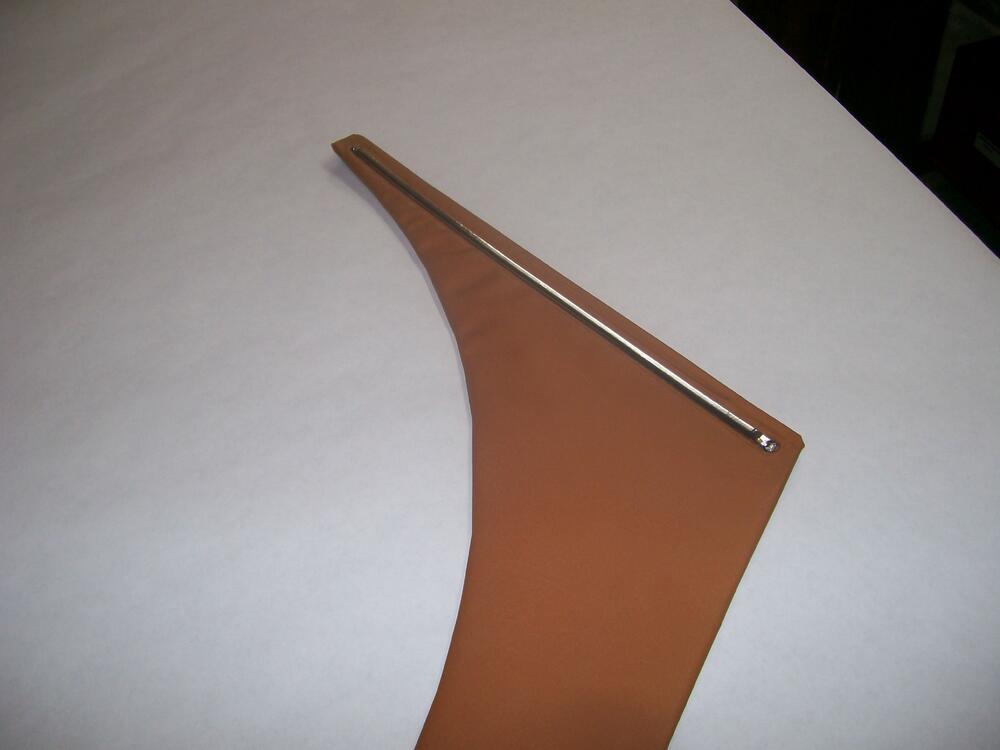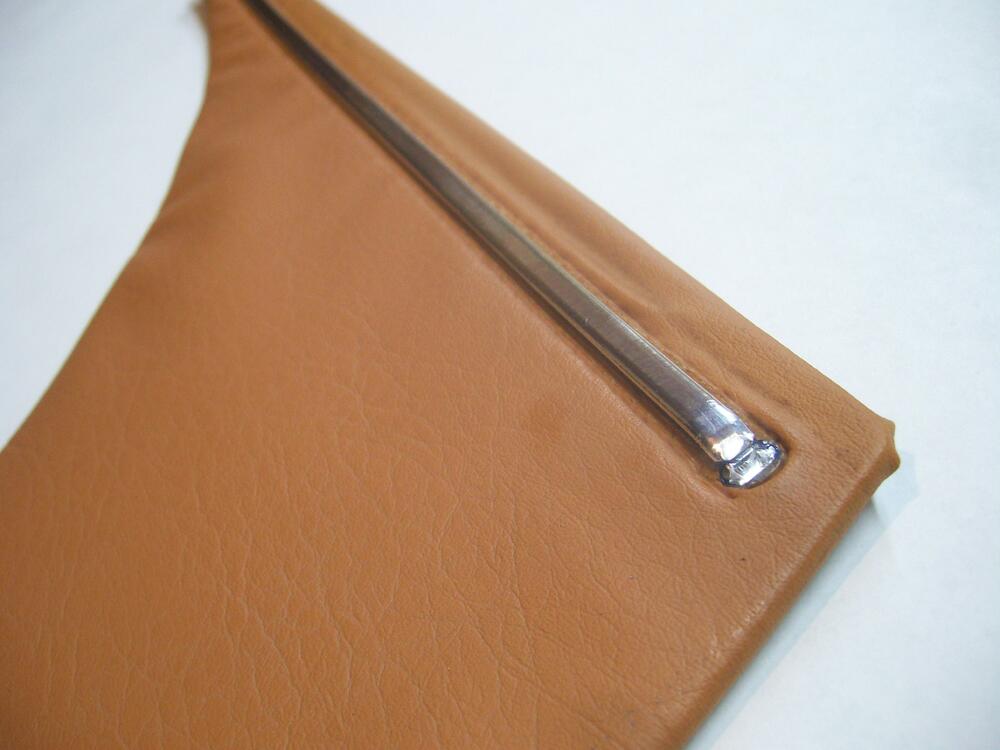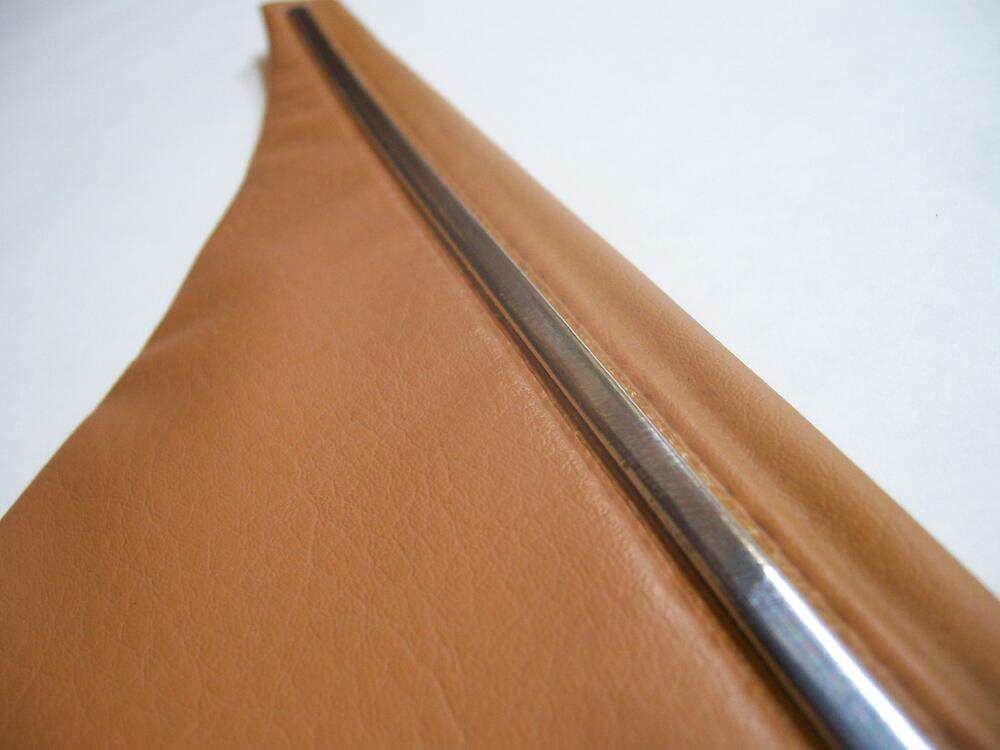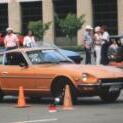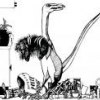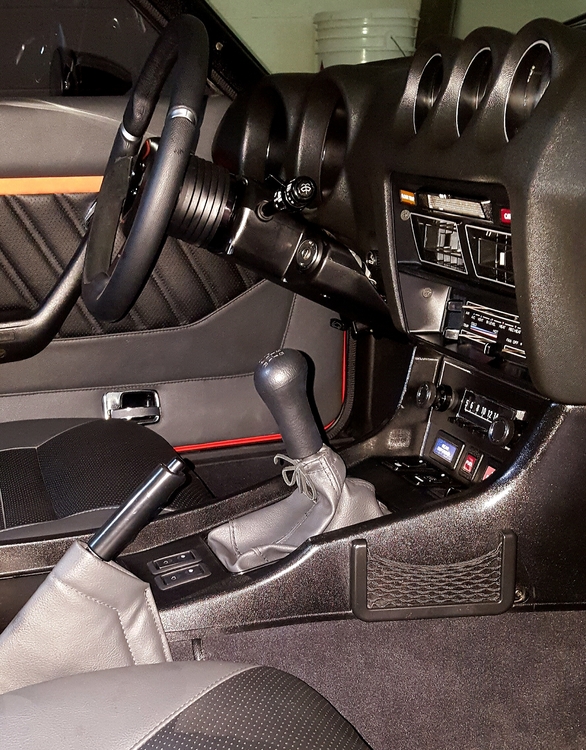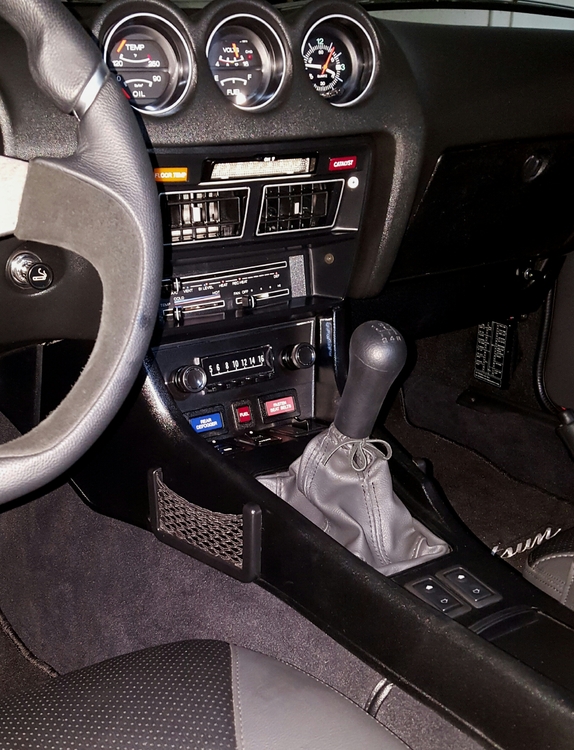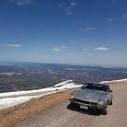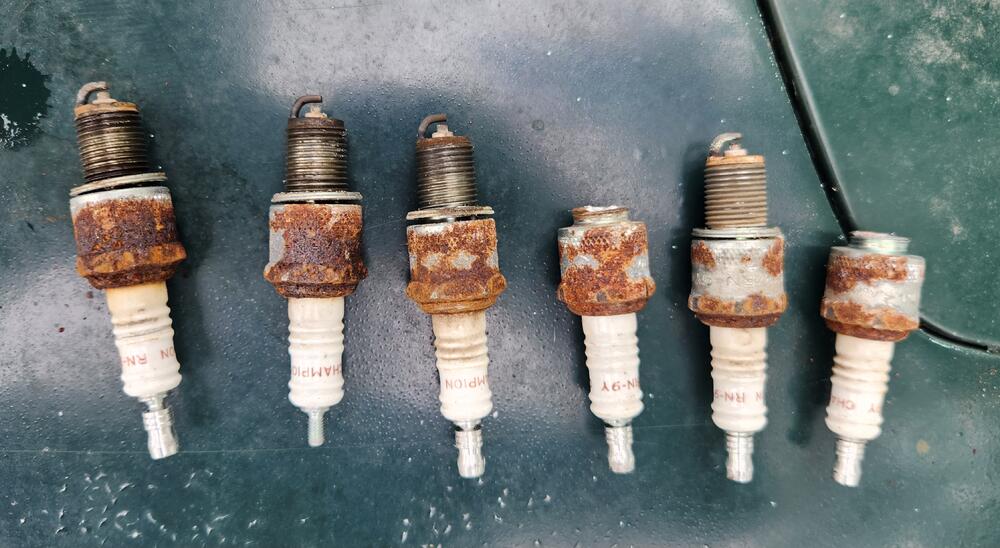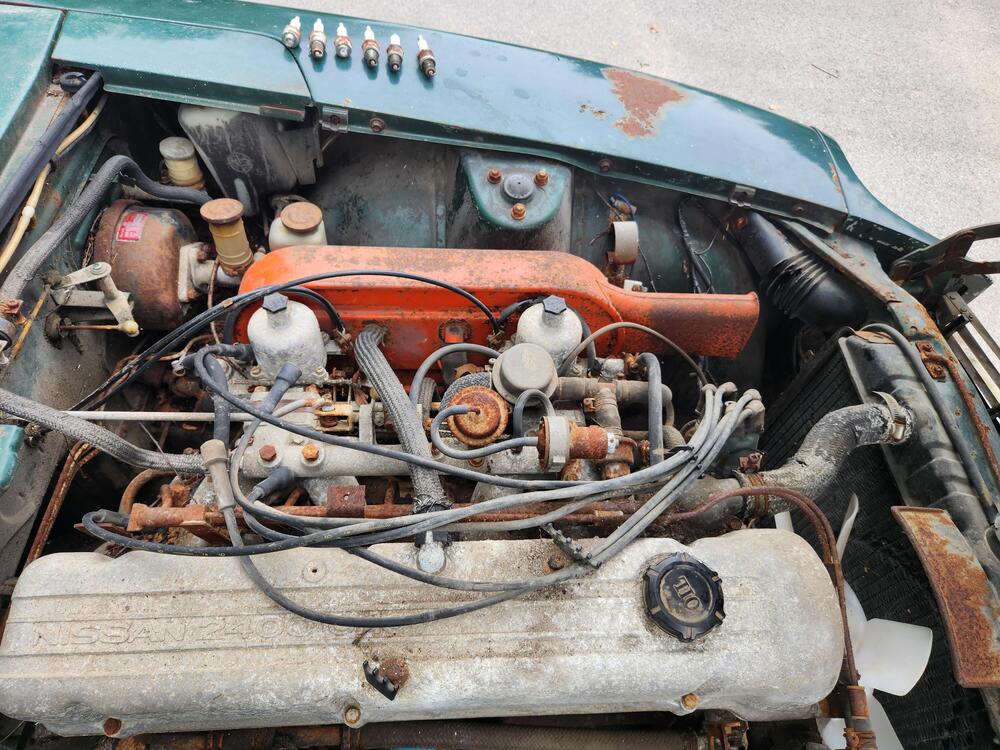Here's a primer on how to adjust the doors on your Z so that they fit properly and seal well. ADJUSTING THE Z DOORS: Unless the car has been in an accident and the door opening or door itself have been tweaked out of shape, most problems with the doors are due to misaligned latches, hinges, or worn components. Presuming that it is adjustment or bad parts and not bent items check the following. First perform a visual check of the door. Check to make sure that the door is aligned properly within the door opening. Check the spacing along the top part of the window frame, the spacing between the window frame and the quarter window, also the spacing between the door skin and the rear quarter panel. I also check the spacing on the front of the door, above the hinges and the front fender. All of these should be even, and consistent in width. The gap should not appear to be excessive one edge with it's opposite component, i.e. front of door to back of door; top edge by windshield cowl and lower edge, etc. If all these appear in order then you have an adjustment problem with the latch mechanism. If however, there is a problem with the alignment, before you go and loosen the hinge bolts behind the kick panels, first do the following: 1. Check if there is any vertical play to the door, that is, with the door open lift the door gently. If there is a noticeable movement up and down, then you may have a worn pin or pins that are causing the alignment problem. Check to make sure that the hinges are solidly affixed and if so, then you definitely have a worn hinge. Although it is difficult to find new hinges, you might need to replace one or both. On Chevy's it is a known problem and parts stores sell new hinge pin inserts to fix this. This is an often overlooked problem, so check this first before you dismount the door or start adjusting the latch etc. 2. If the hinges are in good condition and there is no vertical play, check your weatherstripping. I know of a case where a guy filled the cavity in his weatherstripping with silicone in order to get a "tight" seal. Unfortunately, it also increased the thickness of the gasket and made it almost impossible to close the door without a hydraulic ram. He finally replace the weatherstrip. Check to make sure that the weatherstripping is mounted properly on the lip of the door opening, also the rubber splash guard on the front part of the door just above the hinges. Check the lower weatherstrip on the under lip of the door. Any one of these could cause the door to shut hard. 3. If both the above are ok, check to see where the latch is striking the striker plate. The striker plate is on the door frame and the latch is on the door. Both must line up in order to catch. The latch on the door has countersunk screws and hence is fixed in position. The striker plate on the door is the major adjustment item. It can be positioned along the 4 axis on each of the screws. Close the door, if the door exterior is not flush with the rear quarter panel skin, then you need to move the striker plate in (towards the seat for a protruding door edge) and out (for a sunken door skin). If the door is difficult to close AND the handle is hard to operate, check the bottom of the striker plate to make sure that it isn't inclined too far inward in relation to the top of the plate. That is, the door latches, and the skin lines up, but it feels as you are forcing the door to close and forcing the handle to open, then the bottom part of the latch is stressing the latch, Loosen the screws, and WITHOUT moving the top part of the plate, adjust the lower portion of the plate outwards. Align and retry. If the door latches but springs back when slammed the bottom of the striker plate is probably out too far. This appears to be a half-way latch, and only the safety position has been achieved. If when closing the door, there is a noticeable thunk, and when opening the door the door seems to "DROP", then the striker plate is set too high. The reverse occurs when the plate is too low, although in this instance the door usually will not latch. If you find that you have to move the door within it's opening, then it gets a little more complicated. In a nutshell; you need to remove the electrical components attached to the kick panels, remove the kick panels, and preferably with a jack supporting the door, or a friend, loosen the hinge bolts located behind the kick panels and adjust the door to fit. It makes it easier to remove the striker plate mechanism in order to ensure a good fit. DO NOT remove the hinges from the door, or loosen these bolts unless there is a problem with the hinge. The hinge pins must be PARALLEL and IN LINE to work properly, and it is too easy to get these out of line and introduce serious stress to the door. Sorry for the length, but hope it covered your question and options. Enrique Scanlon
This post has been promoted to an article
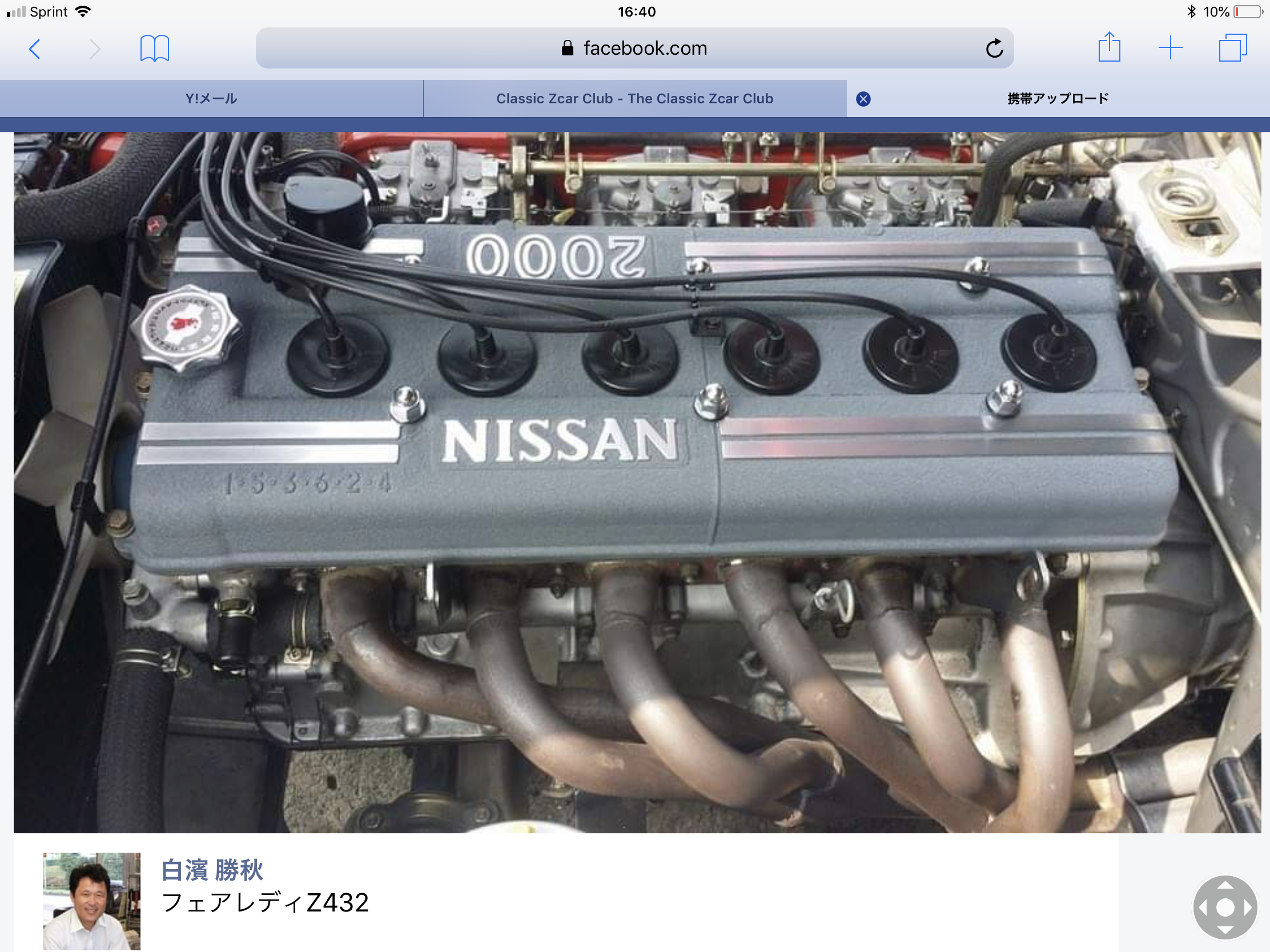
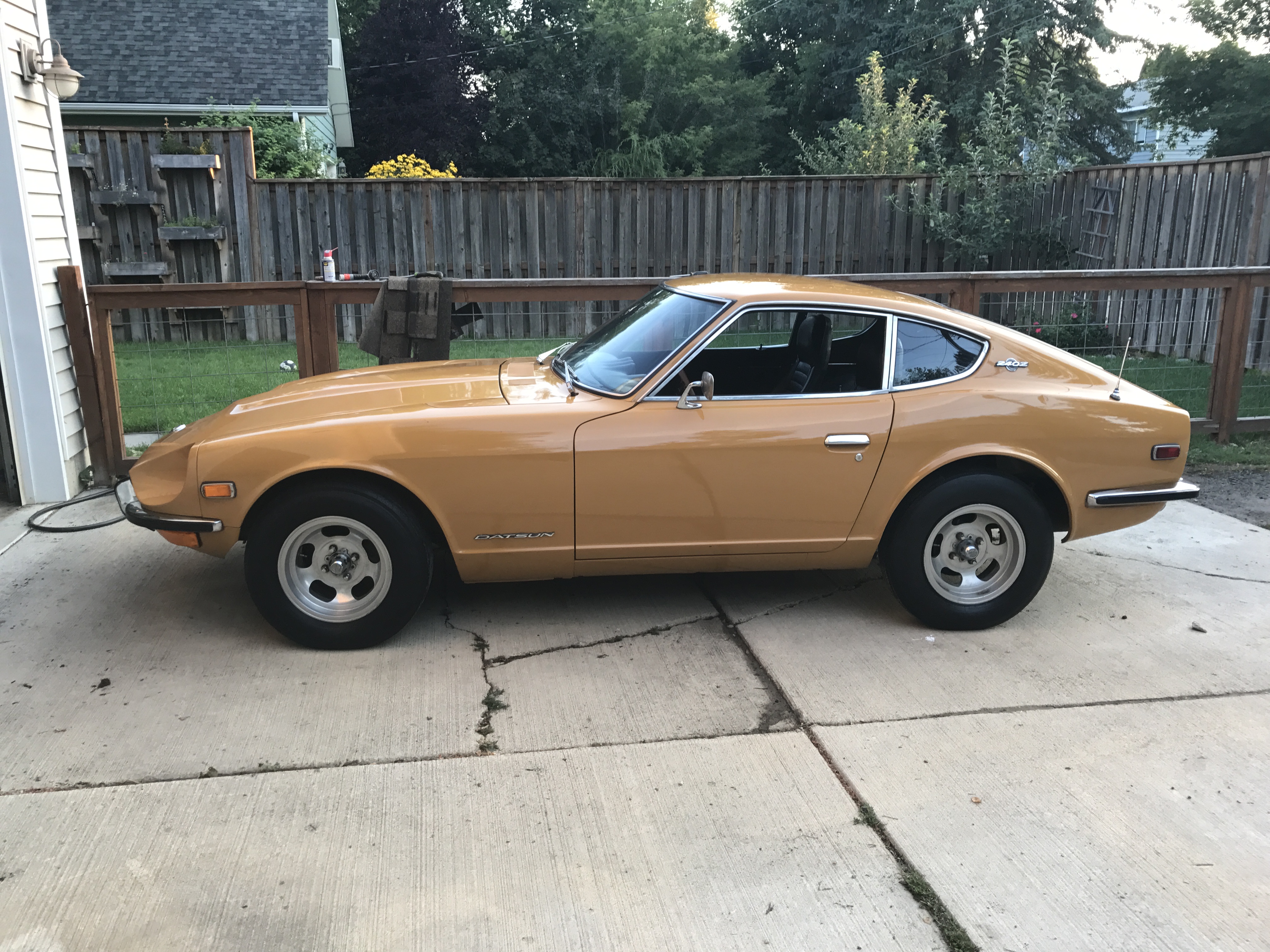




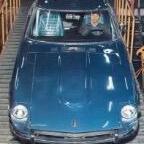

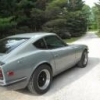
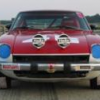



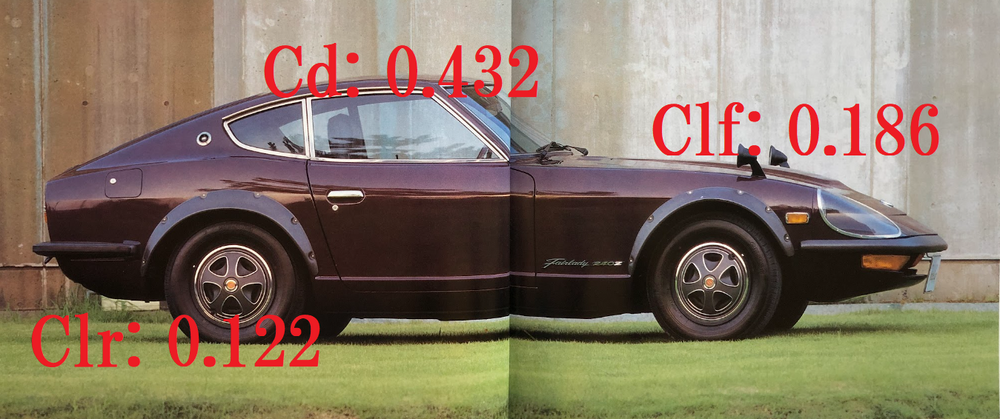
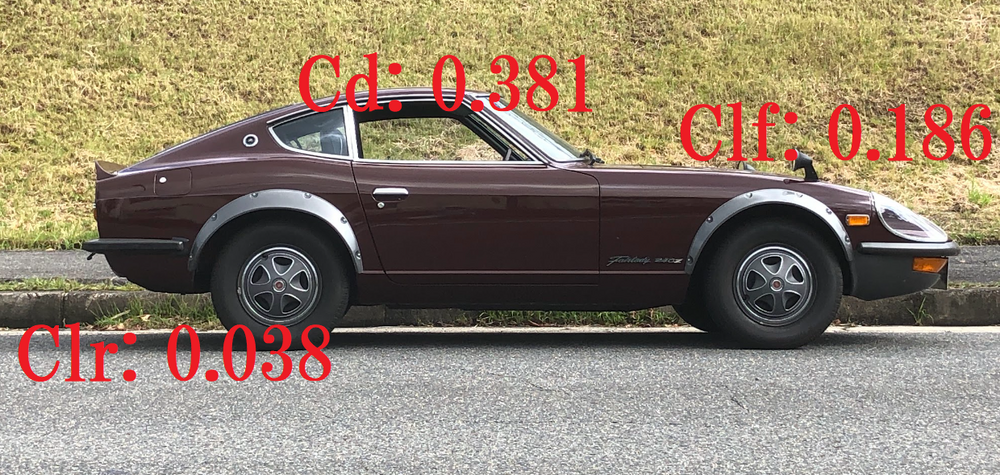
.png.d121fc160689249989db5ca4931b8bc8.png)
.thumb.png.85d511bcb37ab15fdaabd7c886e8d1a2.png)
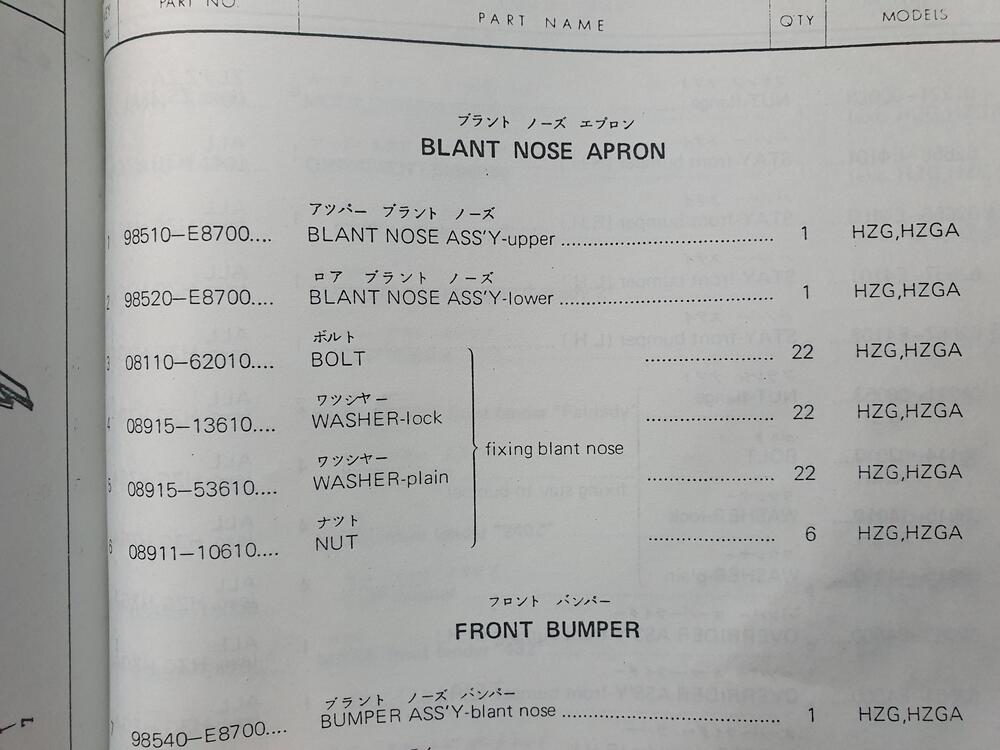

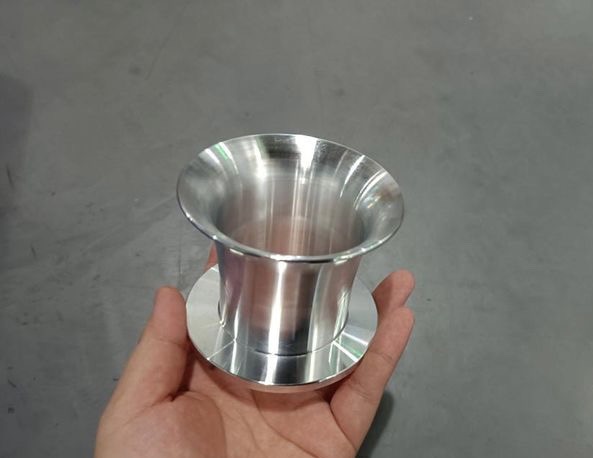
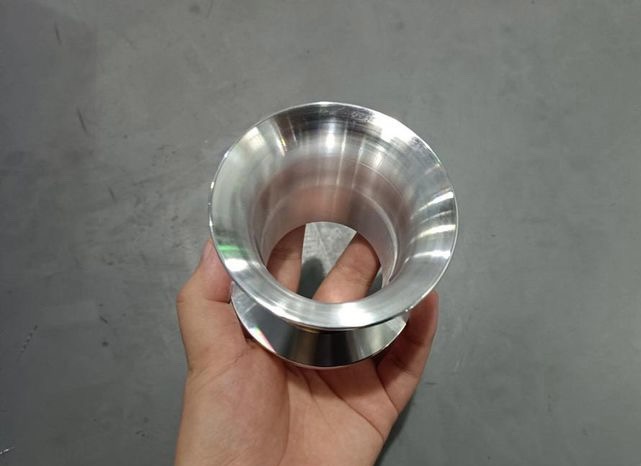
.thumb.jpg.469c50bed6f22a620aff6b59b4e7f1f3.jpg)
.thumb.jpg.4e5128e74f53f318c140ac705733efe7.jpg)
.thumb.jpg.5e73c09a314161a1847cb6b200952980.jpg)

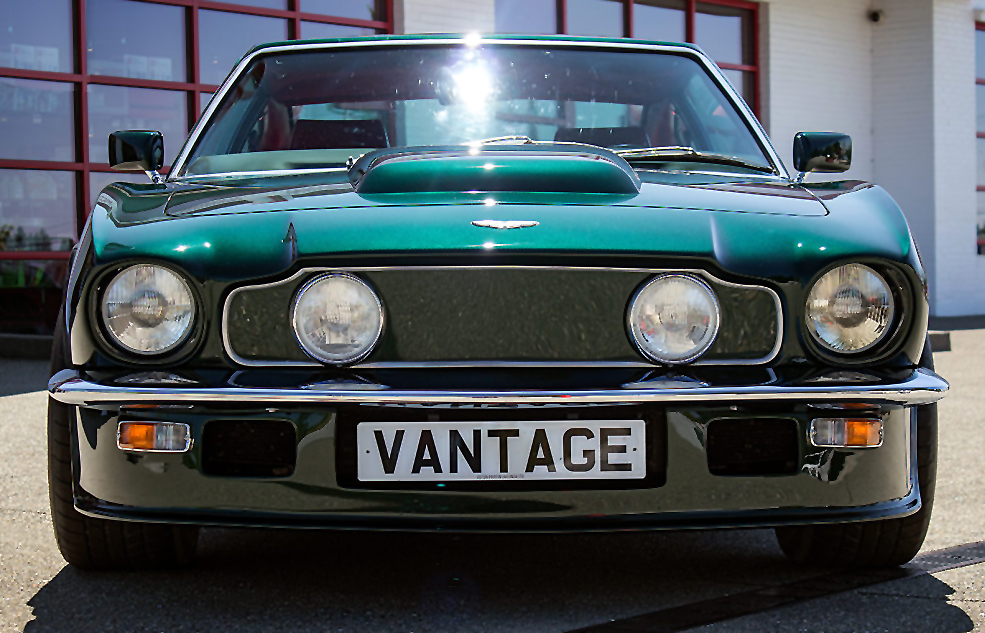
.thumb.jpg.1d1008bac09cecf822df04fe8ab66b70.jpg)
.thumb.jpg.0abbb3fb7af0d4e677b38f2dde572c24.jpg)
.thumb.jpg.237df098b5cfb8d4d4da978278071cfb.jpg)
